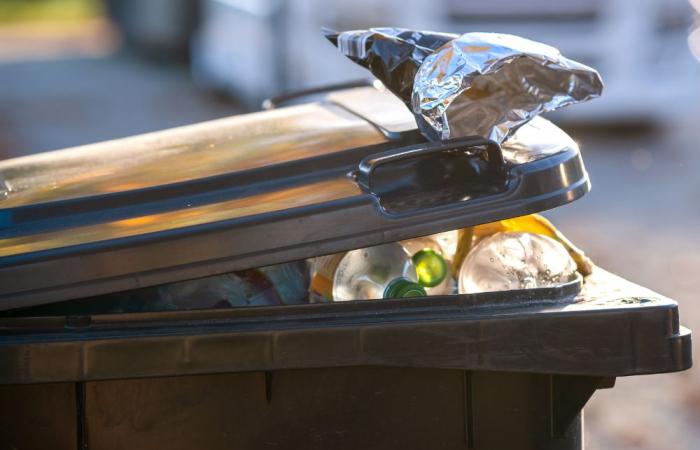The MRC of Beauharnois-Salaberry invites its citizens to the conference I love my trash can but I leave it hosted by the organization on Earth Day. Those interested will be able to attend for free on Tuesday, November 26, in the evening, using a hybrid format: on site or online.
The conference answers many questions: what happens to our waste once it is thrown in the bins? What roles do recycling and composting play in the fight against climate change? How can we reduce the size of our trash and reduce our daily impact? It also demystifies our system of sorting and recycling residual materials. Concrete, fun solutions accessible to all will be proposed, with tools to take action.
To attend in person, simply go to the Manoir de Beauharnois (640, rue Ellice, Beauharnois) on November 26, from 7 p.m. The MRC invites you to bring your cup, while hot drinks will be offered. For more details, check out the Facebook event Conference I love my trash can but I’m leaving it by Earth Day.
To attend online, register by filling out the form to obtain a connection link.
The MRC of Beauharnois-Salaberry offers this conference free of charge as part of its actions aimed at reducing landfilling. The organization notes a constant decline in waste generated each year and encourages local citizens to continue their efforts for a greener planet.







